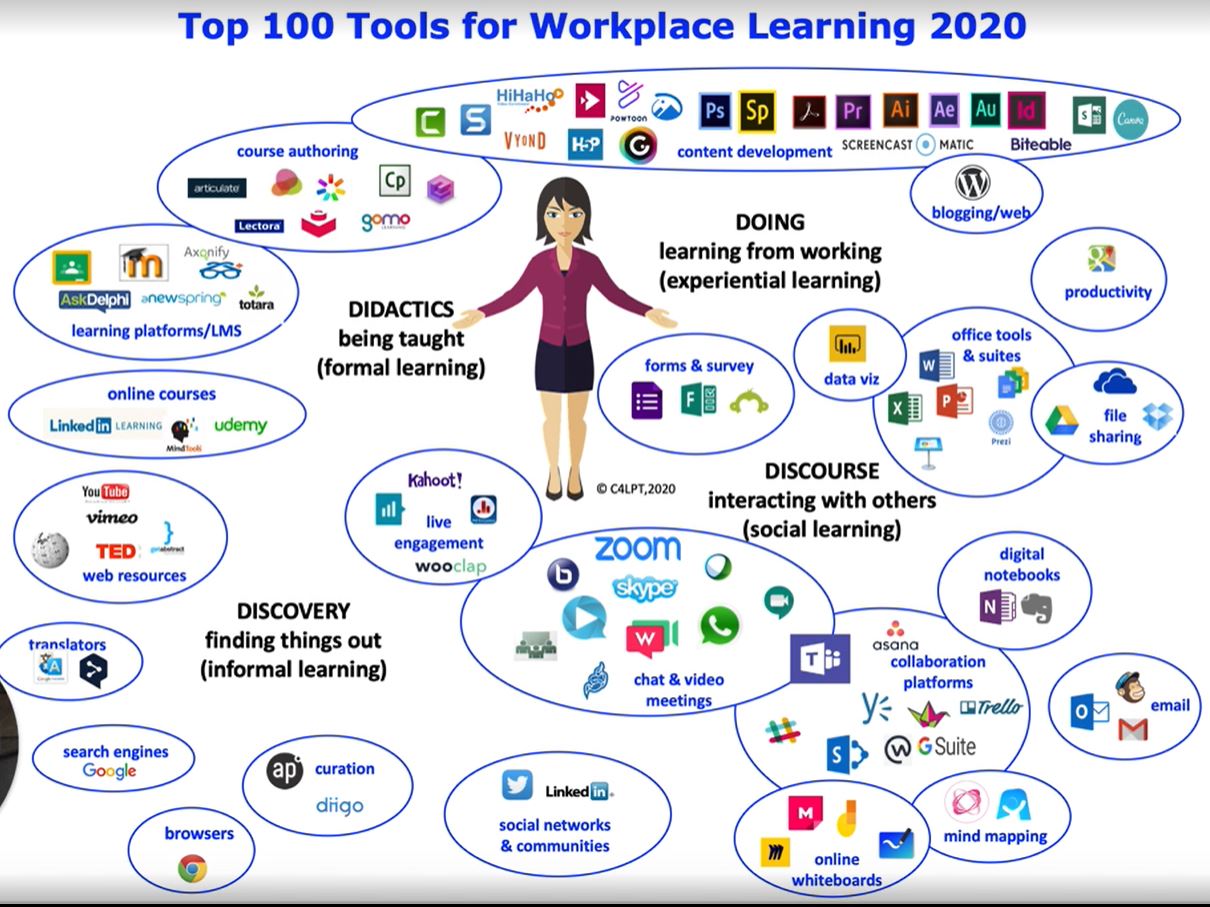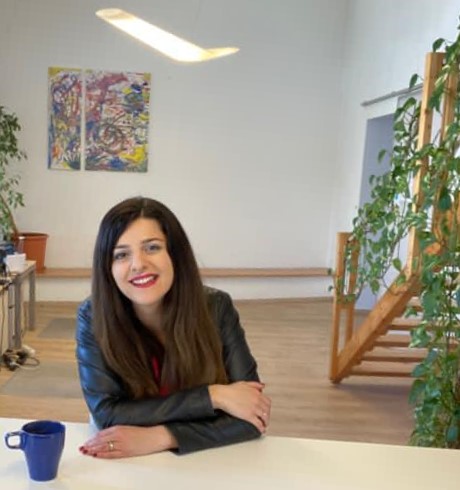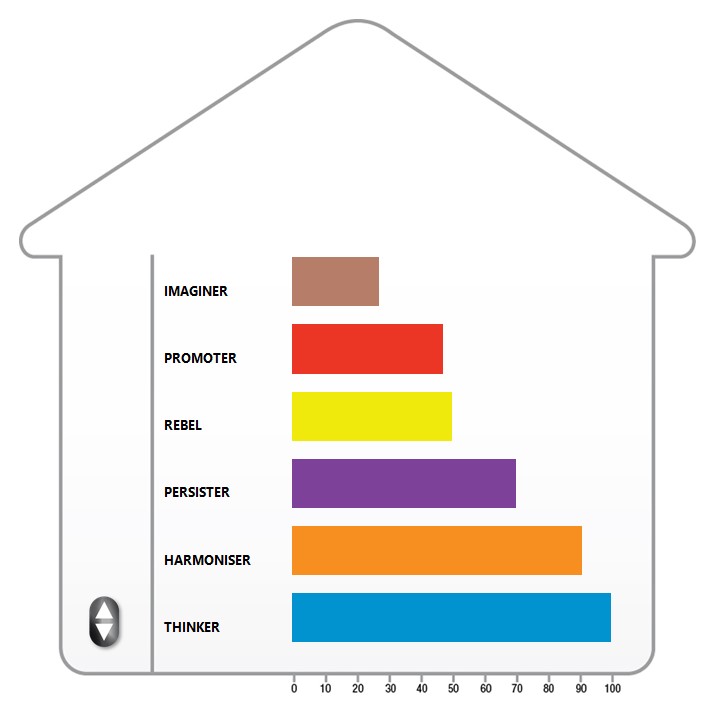
The Future of Workplace Learning – Digitization Boost
Impuls Series - The Future of Workplace Learning
Part 1 with Marina Begic: Digital Business Development Expert and Senior L&D Consultant
Our Digital Business Development Expert and Senior L&D Consultant Marina Begic is currently focusing intensively on “The Future of Workplace Learning”.
Fast and targeted learning, especially for leaders, is becoming increasingly important in an intensifying digital and agile world. Therefore, Marina shares her personal learnings with us. Let’s get started with the topic “Digitization Boost”.
By the way, we’ll soon continue with our second part: “Why you can do without Learning managment systems? (LMS)” We’re looking forward to it already!
Hey, Marina is a member of our LinkedIn expert group
If you would like to exchange thoughts and ideas about “Agile Leadership Development”, please send us a request. We are looking forward to you and your valuable impulses!
The Future of Workplace Learning
“friendly reminder”
Who doesn’t know this or a similar situation? The newly announced learning platform, which has been around for 2 years now, “will change the learning culture in the company in the long term, teach us innovative things and save us a lot of time”. Finally it comes out with the first two e-learnings: Fire Protection Ordinance and Compliance…
While you read the bubble text about “maintaining a safe distance from machines in production”, you can visibly see that a lot of effort has been made to maintain the corporate design and the new diversity policy, right down to the avatar named Lucy. After successfully completing the first two courses (there is no other way, since you can click around, until you find the right answer in the final quiz), the third one comes out 3 months later…
After resetting the access data of the e-learning platform (for the 7th company internal tool),
by finding the announcement mail with the link to the platform, one looks with joyful expectation and sees the only new e-learning course is on the topic of “IT security”. The deadline for completion is by the end of the quarter, so there is still enough time. We quickly close the program again. However, this time we set our favorites, so that the next time we do not have to look trough all our mails. In addition our e-mails do not become less and there is still so much to do for the upcoming presentation of a new project this week…
Three days after the end of the quarter comes the third “friendly reminder” from the supervisor, this time in red and capital letters. It tells us to complete the e-learning course “IT Security”, otherwise the quarterly commission cannot be paid on time if the learning objectives have not been achieved.
It’s hard to set priorities here, isn’t it?

The Future of Workplace Learning – Digitization Boost
Current developments
In the 21st-century-skills (P21) the following 4 skills were defined in the area of learning to be able to participate in modern working life:
- critical thinking
- creativity
- collaboration
- communication
The model has been extended, discussed and modified many times, but it is remarkable that the active and interpersonal part has always remained. Experts agree that learning alone is no longer sustainable in the 21st century.
Technical innovations have redefined teaching and learning
With the breaking down of technical barriers thanks to cloud solutions, more stable and faster internet, learning management systems (LMS) have become increasingly popular. The Corona pandemic gave the perceived need for LMSs another boost.
Face-to-face training sessions have had to be cancelled from one day to the next, and to ensure that learning doesn’t stop, numerous programs have helped to ensure that knowledge building, training and skills transfer can still take place. In other words, synchronous or asynchronous formats were put in place.
In Jane Hart’s annual international study of the “Top Tools for Learning” in over 45 countries, it can be seen that learning in the workplace does not happen only or only to a small extent via LMS.
The majority of learning does not take place via formal tools, but via informal and, in particular, via active tools, i.e. by trying things out for oneself and talking about them or sharing them!

Top Tools for Learning 2020 (Hart, 2020)
Since the introduction of e-learnings, the decline of face-to-face training has been prophesied.
Despite many proven advantages such as cost savings, increased learning transfer, more flexible learning through location and time-independent learning, it was only the Corona pandemic that made the necessity of digital learning formats apparent to even the very last companies.
It has become clear that there will be no return to the old ways.
Two-thirds of companies are planning to move employees to remote working in the long term. It is now known that the half-life of knowledge is decreasing insanely fast and that one must continue to learn continuously in one’s working life.
A century ago, it took about 35 years to correct or replace half the knowledge an engineer learned in college. New estimates put the half-life of an engineering degree between 2.5 and five years. The basics remain, but other things evolve.
“Those who don’t evolve with the times will soon no longer be able to do their jobs.” (Jane Hart 2020)

Marina Begic
Digital Business Development Expertin und Senior L&D Consultant
Marina has been working on new, effective learning methods and the future of corporate learning for over 15 years. In her current role, she is responsible for Digital Business Development at MDI, where her focus is not driven by the current buzzwords, but primarily on the feasibility of digital transformation for clients such as Erste Group, Lenzing, Semperit, Deutsche Bahn, Andritz AG, Uniqa, Mayr-Melnhof, Frequentis, RHIM. Her greatest strength is bringing loose ends together, which she impressively demonstrates time and time again with her big picture view and multi-dimensional approach. Her greatest passion is to provide learners not only with an experience, but also with real, lasting value for their real challenges.
Digital training formats for leadership development
We help make leadership development more agile with our digital training formats:
- E-learnings
- e-consulting
- Blended Learning Journeys
- Virtual Leadership
- virtual reality
- digital learning transfer
– we have just the right thing for your needs!













